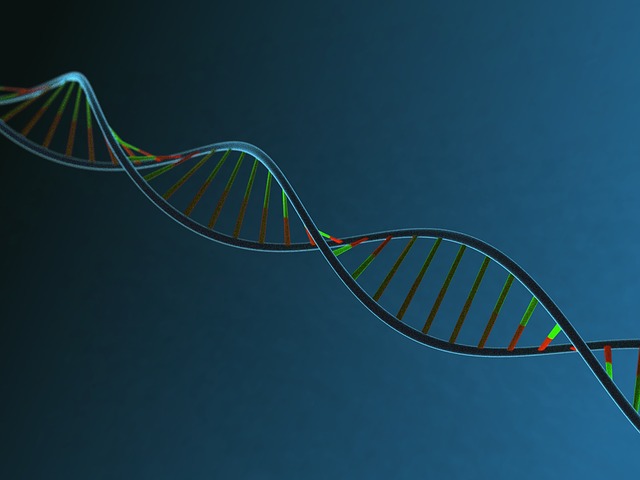
For the first time ever, the Food and Drug Administration (FDA) has approved a cancer treatment based on the presence of a biomarker or a specific genetic feature, instead of the tumor’s location or point of origin.
A total of 86 cancer patients participated in the clinical trial that led to this accelerated approval. The patients had at least three things in common: their disease was at the advanced stage; they did not respond to any kind of standard cancer treatment; and they all had a genetic mutation that prevented the ability of their cells to repair DNA damage.
After treatment, 66 experienced considerable tumor reduction and stabilization, meaning, the tumors stopped growing. Of these 66 patients, 18 had their tumors removed completely, and by completely — we mean the tumors have disappeared for good and haven’t grown back.
The study began in 2013 and is still ongoing. It involves the drug pembrolizumab (brand name Keytruda) from drug maker Merck & Co. Even before this latest FDA approval, pembrolizumab was already FDA-approved and has being commercially used for patients with specific types of melanoma, lung cancer, head and neck cancer, Hodgkin lymphoma and urothelial carcinoma.
The treatment is definitely expensive — it costs $156,000 annually. Testing for mutations targeted by the drug is available at a cost ranging from $300 – $600.
The basis of the study is rooted on the idea that while a person’s immune system can ideally destroy cancer cells because it recognizes them as ‘foreign bodies’ or intruders, the problem stems from the ability of cancer cells to shield themselves with proteins and make themselves invisible to the immune system. This is what pembrolizumab is great for. As a new kind of immunotherapy drug known as PD-1 blocker, pembrolizumab exposes the cancer cells so the immune system can do its job and extinguish them.
Although the biomarker being targeted by pembrolizumab is a bit rare — NYTimes says that only about 4% of cancer patients have this genetic code aberration — the total number of patients that can benefit from the treatment would still reach about 60,000. That means it has the potential to save at least 60,000 lives every year.
As promising as the drug is, however, it has left one big question unanswered: why didn’t all the patients respond to the treatment? And that is one of the reasons why the study is still ongoing. Finding out the answer is bound to make the treatment even more effective and life-saving for more cancer patients who have all but given up hope of surviving and defeating this terrible disease.
- Bulenox: Get 45% to 91% OFF ... Use Discount Code: UNO
- Risk Our Money Not Yours | Get 50% to 90% OFF ... Use Discount Code: MMBVBKSM
Disclaimer: This page contains affiliate links. If you choose to make a purchase after clicking a link, we may receive a commission at no additional cost to you. Thank you for your support!

More importantly, why the fuck does it cost such a ridiculous amount of money? These folks that claim to be developing cures are really just out to make a buck or ten…